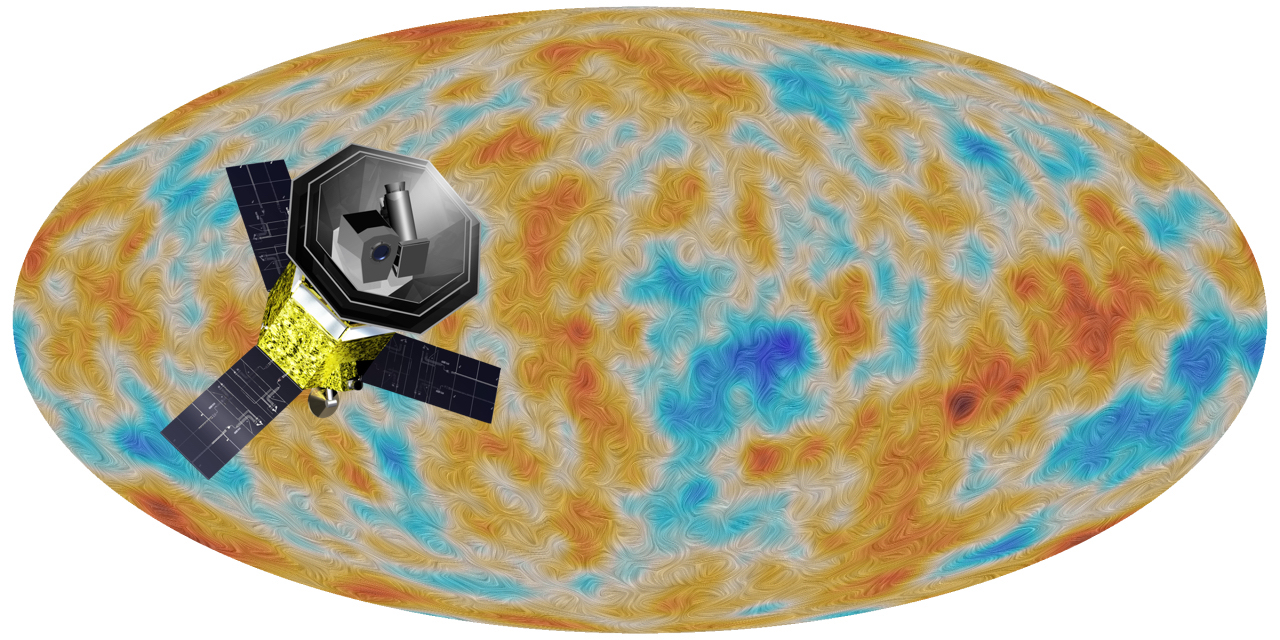
LiteBIRD is the next generation CMB satellite which aims at measuring B-modes, the imprint of the gravitational waves after the Big Bang. It is a JAXA-led mission with a planned launch in 2032.
The CMB group in Oslo is an active member of the LiteBIRD collaboration, and in this talk I will present one of the projects we have been involved in over the last few years which ended up as a collaboration paper: Tensor-to-scalar ratio forecasts for extended LiteBIRD frequency configurations, Fuskeland et al. 2023. In this forecast study, we show that a wider frequency coverage will lead a better fit of one of the major source of contamination of the CMB, namely the foreground component thermal dust, which dominates at high frequencies. We also show that a better handle on this foreground component can lead to an improved and «safer" detection of the tensor-to-scalar ratio parameter used to quantify the detection of primordial gravitational waves.
